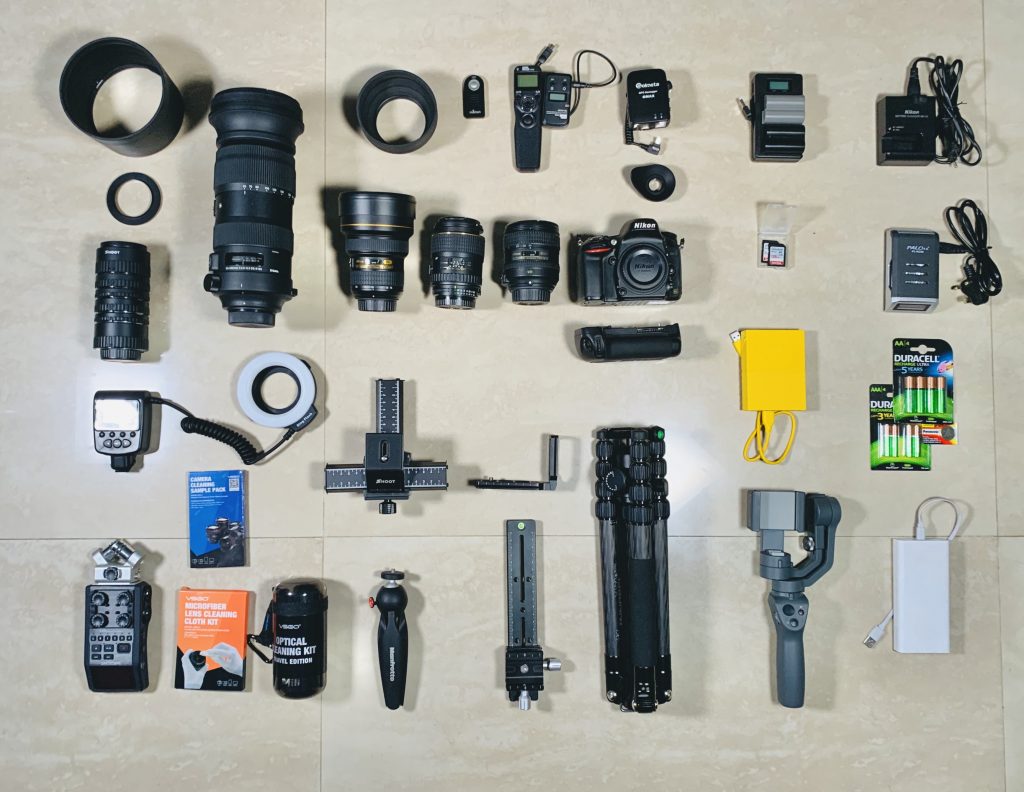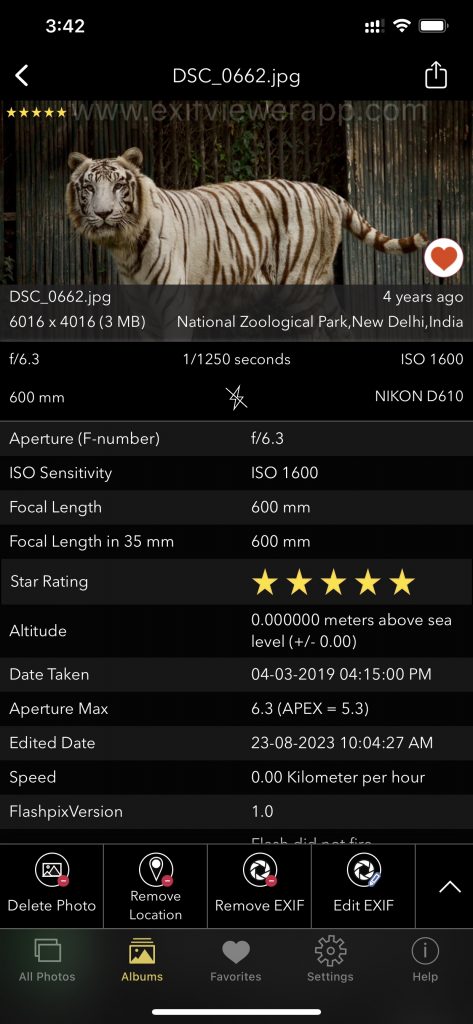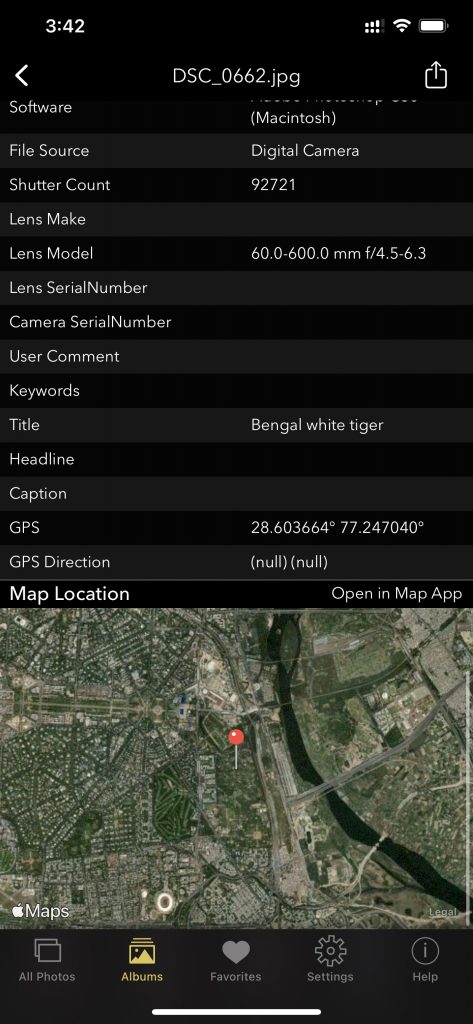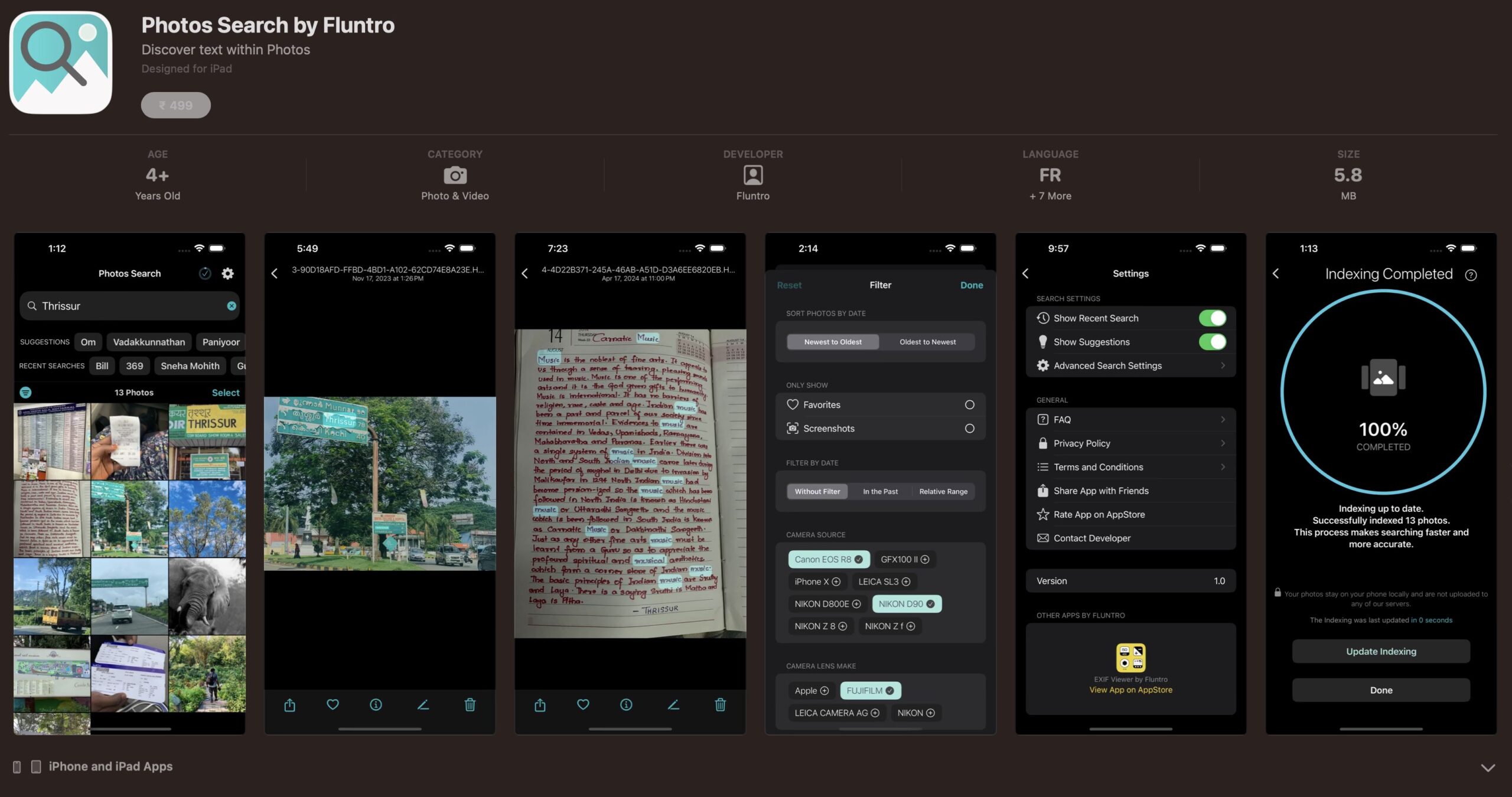Are you ready to start learning photography but unsure where to begin? Whether you’re drawn to capturing stunning landscapes, beautiful portraits, or everyday moments, photography is a skill that anyone can learn with the right guidance. This beginner’s guide will walk you through everything you need to know to start learning photography, from understanding basic camera settings to mastering essential techniques. With practice and patience, you’ll be well on your way to taking picture-perfect shots in no time. Let’s dive into the world of photography and kickstart your creative journey!Studying photography can be a rewarding and creative journey. Here are some steps to help you get started:

1. Get the Right Equipment:
- While you don’t need the most expensive gear to start, having a decent camera (DSLR or mirrorless) is essential. You can even begin with a smartphone with a good camera to learn the basics.
2. Learn the Basics:
- Familiarize yourself with fundamental concepts like exposure (aperture, shutter speed, ISO), composition, focus, and white balance. There are plenty of online resources, books, and courses that cover these topics.
3. Learn from Others:
- Follow the work of established photographers and join photography communities. You can learn a lot from analyzing the work of others, participating in forums, and seeking feedback on your own photos. Also knowing their best photos EXIF Metadata, you can improve your photography skills.
4. Learn using App:
- Use the EXIF app to view the EXIF data of photographs taken by experienced photographers. This can provide insights into their shooting techniques and settings. You can learn a lot by examining the settings they used to capture specific shots.
EXIF Viewer by Fluntro App showing all Camera details of an image. Our App “Exif Viewer by Fluntro” can provide you with detailed information about an image’s properties.
Appstore Link: – https://apps.apple.com/us/app/exif-viewer-by-fluntro/id944118456




Screeshot of Exif Viewer by Fluntro Apps which show 30+ Exif Metadata information of the photos
5. Practice Replication:
- Once you’ve reviewed EXIF data from inspiring photos, try to replicate those settings in your own photography. Experiment with different combinations to see how they impact your images.
6. Practice, Practice, Practice:
- Photography is an art that requires practice. Take your camera with you wherever you go and experiment with different settings and techniques. Start with the basic modes (auto, aperture priority, shutter priority) and gradually move to manual mode as you become more comfortable.
7. Study Composition:
- Composition is a critical aspect of photography. Learn about the rule of thirds, leading lines, framing, symmetry, and other compositional techniques to create visually pleasing images.
8. Understand Lighting:
- Lighting plays a significant role in photography. Learn about natural light, artificial light, and how to manipulate them to achieve the desired effect. Understanding the quality and direction of light is essential.
9. Post-Processing:
- Familiarize yourself with photo editing software such as Adobe Lightroom or Photoshop. Post-processing allows you to enhance and fine-tune your images. There are many tutorials available online to help you get started with editing.
10. Take Courses and Workshops:
- Consider enrolling in photography courses or workshops, either in person or online. They can provide structured learning, access to experienced instructors, and opportunities to connect with fellow photographers.
11. Develop a Personal Style:
- Over time, you’ll develop your own style and preferences. Don’t be afraid to experiment and find what you’re passionate about in photography.
12. Build a Portfolio:
- As you gain experience, create a portfolio of your best work. This will be essential if you want to pursue a career in photography or if you simply want to showcase your talent.
13. Seek Feedback:
- Don’t be afraid to ask for feedback on your work. Constructive criticism can help you identify areas for improvement and grow as a photographer.
14. Explore Different Genres:
- Photography offers a wide range of genres like landscape, portrait, macro, street, wildlife, and more. Experiment with different types of photography to find your niche.
15. Keep Up with Technology:
- Photography technology evolves rapidly. Stay updated on the latest cameras, lenses, and accessories to make informed choices when upgrading your gear.
16. Patience and Perseverance:
- Photography is a continuous learning process. Be patient and persistent, as improvement takes time and effort.
17. Share Your Work:
- Share your photos on social media platforms, photography websites, or in local exhibitions. Sharing your work can help you connect with others and receive valuable feedback.
Remember that the journey of studying photography is a personal one, and there’s no fixed path to success. Enjoy the process, stay inspired, and let your creativity flow.
Get two Apps by Fluntro Team :Exclusive Bundle Offer

“Exif Viewer” for $2.99 and “Photos Search” for $4.99
Just for $5.99 instead of $7.98

CHECK THESE APPS FOR YOUR IPHONE AND IPAD:
1. PHOTOS SEARCH BY FLUNTRO
YOUR ULTIMATE PHOTO DISCOVERY COMPANION!
Photos Search app takes image searching to a whole new level by allowing you to search for text within photos effortlessly. Unleash the potential of your visual content and discover a seamless way to find and organize your images based on the words they contain. Whether you’re a professional photographer, an art enthusiast, or simply someone who loves exploring beautiful imagery, PhotoSearch is here to make your search for photos a delightful and hassle-free experience.

AppStore Link: https://apps.apple.com/app/photos-search-by-fluntro/id6471649312

2. KIANA
CUTE ELEPHANT STICKERS FOR IMESSAGE AND IOS
Express yourself with Kiana the Elephant’s adorable sticker collection!
With 66 charming stickers, there’s a cute expression for every mood. From daily chats to special moments, Kiana add joy and whimsy to your conversations. Share laughter, love, and fun with friends and family through these delightful illustrations. Explore a world of playful expressions, featuring Kiana in a variety of charming poses. Spice up your messages with Kiana: Adorable cute elephant stickers today!

Appstore link :- https://apps.apple.com/us/app/kiana-cute-elephant-stickers/id6504343965

Checkout the preview video of Exif Viewer by Fluntro: